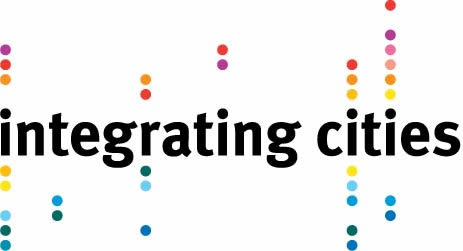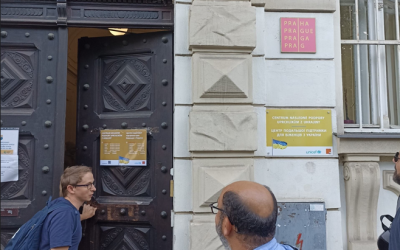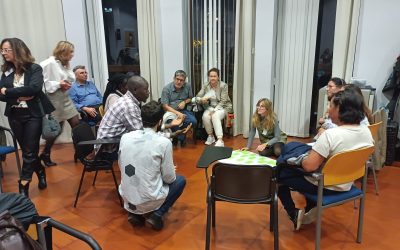November 2015 – Europe has witnessed an inflow of a large number of people over the last years. As a consequence of the geopolitical instability in the Middle East and Africa, migration and refugee flows towards Europe have increased with significant territorial impacts on European countries, regions and cities. This situation has resulted in the largest movement of people to European countries since the Second World War. It brings challenges for regions and cities but also territorial development opportunities.
Indeed, the recent events related to the Syrian civil war and the subsequent influx of refugees towards Europe have increased the need to define effective measures in Europe, its regions and cities need new approaches in managing this unprecedented migration crisis. Many efforts are already in place in welcoming and managing the many migrants and refugees. Moreover, while a European response is currently being debated it is important to learn and be aware of the territorial and urban aspects of the current refugee inflow to Europe.
The most important territorial and urban aspects to be considered by policy makers appear to be the following:
- Overall inflow of migrants from outside of Europe, including refugees, is expected to increase in the near future.
- The influx of migrants towards Europe creates major pressure in many countries and regions in Europe, but particularly in Italy, Greece and Hungary, as well as in Turkey.
- Attention should also be given to other places under pressure with regard to a growing number of refugees but less significant in terms of volume in the European context.
- Refugee flows are mainly directed towards countries with the most favourable economic conditions and to places with the most attractive and inclusive integration policies.
- Municipalities, cities and towns in arrival, transit and destination countries in Europe play a special role regarding the social, humanitarian and financial assistance needed in relation to the current refugee flows.
- Small islands, municipalities and cities in border regions face challenges of providing services to receive and take care of a large inflow of migrants in relation to the local population. In larger cities, concerns are more related to housing, access to schools and ethnic segregation.
- Migrants and refugees arriving to Europe are very diverse and entail a large heterogenity in terms of education, skills, culture and language.
- Migrants and refugees may stabilise local labour markets and help reducing demographic and economic imbalances in regions and cities and support the European economy, especially outside the strong performing regions and larger cities.
- Distribution of accepted refugees within countries should take into account the needs of local labour markets, (as well as refugees).
- Effective integration policies and efforts need to be put in place at regional and urban level to ensure that potential regional and local benefits are unleashed.
- Multi-level governance arrangements should ensure that regulations have no adverse impact on the integration of refugees.
- Without proper support for integration, risks exist that negative developments in society will evolve and make integration even harder.
- Early investment in integration is essential and has proven itself to pay off in the long run.
- Competition on the local housing market between recognized refugees and native population all looking for affordable (social) housing seems to be a particular issue for consideration.
- Despite the recovery in many countries, public services and budgets are still under a lot of pressure due to the economic and financial crisis, hindering the capability to finance integration efforts.
- Potential financial support to cities, as advocated in recent debates involving organisations such as EUROCITIES and CEMR should be considered.
- EU Cohesion Policy may play a role in respect of providing finance.
- European regions and cities have a crucial role to play in developing effective and long-term solutions to unleash the opportunities that a successful social and economic integration of refugees may bring.
Read the Policy Brief “Territorial and urban aspects of migration and refugee inflow“



